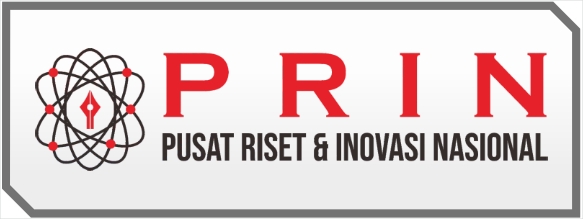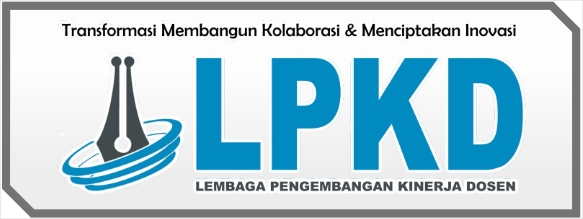Penerapan Model Kooperatif Tipe Tps Untuk Meningkatkan Kepercayaan Diri Siswa dan Kemampuan Komunikasi Matematis di SMPN 5 Percut Sei Tuan
DOI:
https://doi.org/10.55606/jurrimipa.v3i1.2519Keywords:
Classroom Action Research, Self-confidence, Mathematical Communication, Think Pair Share (TPS)Abstract
The objective of this research is to investigate the potential impact of implementing the TPS cooperative learning model on enhancing the self-confidence and mathematics communication abilities of seventh-grade students at SMP Negeri 5 Percut Sei Tuan. The specific focus will be on the Set content. This study used a class action research design, consisting of two distinct cycles. Each iteration comprises two meetings. The participants in this research consisted of 28 students from class VII-8 of SMP Negeri 5 Percut Sei Tuan. The primary focus of this study is to enhance students' self-confidence and mathematical communication abilities by using the TPS cooperative learning model on Set material at SMP Negeri 5 Percut Sei Tuan during the academic year 2022/2023. Based on the findings derived from the analysis of the data, it was observed that the mean score for students' initial self-confidence was 53.61. Additionally, the mean test score for students' initial communication skills was found to be 44.92. Among the participants, a total of 3 students (13.04%) demonstrated mastery in this area, while the remaining 20 students (86.95%) had not yet achieved mastery. The learning process in cycle I was conducted using the TPS model. As a result, the average score of student confidence increased to 62.14, while the average score of the mathematical communication ability test increased to 55.80. Out of the total number of students, 8 students (34.78%) reached the completion criteria, while 15 students (65.21%) did not reach the completion criteria. In the second cycle, there was an observed increase in student performance. The average score for student confidence was recorded as 76.29, while the average score for the mathematical communication ability test was 75.97. Out of the total number of students, 19 students (82.60%) achieved completeness in the test, while 4 students (17.40%) did not reach completeness. The self-confidence questionnaire and mathematical communication skills exam administered in cycle II yielded results indicating a satisfactory level of student proficiency.
References
Al-Tabany, Trianto Ibnu Badar. (2017). Mendesain Model Pembelajaran Inovatif, Progresif, Dan Kontekstual. Jakarta, Kencana.
Dharma, I. D. P. P. W., Pujiastuti, E., & Harianja, M. (2019). Penerapan Model Pembelajaran TPS (Think-Pair-Share) Untuk Meningkatkan Kemampuan Komunikasi Matematis dan Percaya Diri Peserta Didik Kelas X Mipa 1 SMA Negeri 6 Semarang Pada Materi Sistem Persamaan Linear Tiga Variabel Tahun Pelajaran. Prosiding Seminar Nasional Matematika, 2, 239–246. https://journal.unnes.ac.id/sju/index.php/prisma/
Hodiyanto, H. (2017). Kemampuan komunikasi matematis dalam pembelajaran matematika. AdMathEdu, 7(1), 10.
La’ia, H. T., & Harefa, D. (2021). Hubungan Kemampuan Pemecahan Masalah Matematis dengan Kemampuan Komunikasi Matematik Siswa. Aksara: Jurnal Ilmu Pendidikan Nonformal, 7(2), 463. https://doi.org/10.37905/aksara.7.2.463-474.2021
Ruseffendi. (1990). Pengajaran Matematika Modern dan Masa Kini. Bandung: Tarsito
Rizki, Melia., Siregar Eko Febri Syahputera. (2022). Pengaruh Model Pembelajaran Think Pair Share terhadap Kreativitas Belajar Kelas V Siswa di SDS Bina Taruna 1. Jurnal Pendidikan Sekolah Dasar, 1(1), 4-5.
Sukardi, H.M. (2013). Metode Penelitian Pendidikan Tindakan Kelas Impelementasi dan Pengembangannya. Jakarta, PT Bumi Aksara.
Downloads
Published
How to Cite
Issue
Section
License
Copyright (c) 2023 Veronika Veronika, Zul Amry

This work is licensed under a Creative Commons Attribution-ShareAlike 4.0 International License.
















